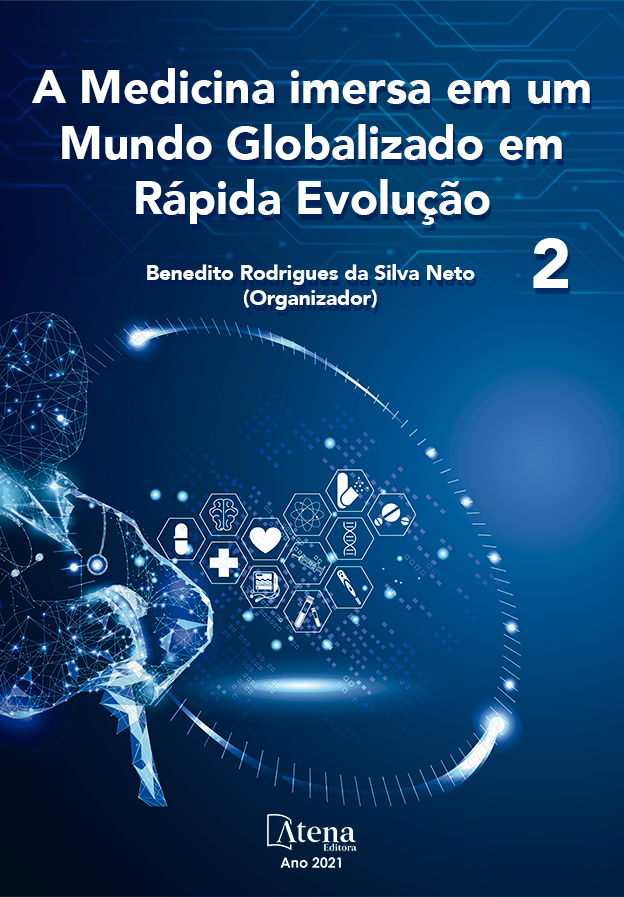
ANTICOAGULAÇÃO EM IDOSOS COM CÂNCER: UMA ABORDAGEM ESPECIAL.
Objetivo: O objetivo do presente artigo consiste em realizar uma reflexão por meio de revisão da literatura acerca da trombo profilaxia no idoso com câncer, abordando as particularidades inerentes dos indivíduos pertencentes a esta faixa etária. Materiais e métodos: Trata-se de uma revisão analítica e descritiva da literatura de abordagem quantitativa, dos últimos sete anos, que objetiva investigar a realização da terapia anticoagulante no idoso com câncer. A busca dos artigos foi feita no banco de dados da MedLine, utilizando os descritores: anticoagulantes; idoso; câncer; envelhecimento, selecionados artigos publicados entre 2013 a 2020. Resultados e discussão: As neoplasias que possuem prevalência elevada principalmente em pessoas acima de 65 anos são condições relevantes que aumentam a incidência de eventos tromboembólicos. O idoso portador de neoplasia, se encontrar em estado pró-trombótico devido ao câncer e a idade, também podem apresentar outros fatores de risco como fragilidade, tendência a quedas, imobilidade, necessidade de intervenções cirúrgicas, uso de sonda vesical de demora e a realização de quimioterapia. Conclusão: Nesse contexto, a terapia de anticoagulação deve ser usada de forma criteriosa no idoso com câncer, tendo em vista os riscos e os benefícios do tratamento, levando em consideração que esses indivíduos possuem estado pró-trombótico e também representam o grupo de maior risco para sangramentos. Além disto, atromboprofilaxia é um método terapêutico amplamente conhecido e utilizado na população geral, no entanto, os estudos demonstraram que ela é pouco prescrita no grupo de pacientes oncológicos, principalmente naqueles com neoplasias hematológicas e naqueles internados devido à quimioterapia.
ANTICOAGULAÇÃO EM IDOSOS COM CÂNCER: UMA ABORDAGEM ESPECIAL.
-
DOI: 10.22533/at.ed.0482107015
-
Palavras-chave: Anticoagulantes; Idoso; Câncer; Envelhecimento
-
Keywords: Anticoagulantes; Old man; Cancer; Aging
-
Abstract:
Objective: The objective of this article is to conduct a reflection through a literature review about thrombus prophylaxis in the elderly with cancer, addressing the inherent particularities of individuals belonging to this age group. Materials and methods: This is an analytical and descriptive review of the literature with a quantitative approach, from the last seven years, which aims to investigate the performance of anticoagulant therapy in the elderly with cancer. The search for the articles was done in the MedLine database, using the descriptors: anticoagulants; old man; cancer; aging, selected articles published between 2013 and 2020. Results and discussion: Neoplasms that have a high prevalence mainly in people over 65 years old are relevant conditions that increase the incidence of thromboembolic events. Elderly patients with neoplasia, if they are in a prothrombotic state due to cancer and age, may also present other risk factors such as frailty, tendency to fall, immobility, need for surgical interventions, use of delayed bladder catheter and the performance chemotherapy. Conclusion: In this context, anticoagulation therapy should be used judiciously in the elderly with cancer, considering the risks and benefits of treatment, taking into account that these individuals have a prothrombotic state and also represent the group at greatest risk for bleeding. In addition, atromboprophylaxis is a therapeutic method widely known and used in the general population, however, studies have shown that it is little prescribed in the group of cancer patients, especially those with hematological neoplasms and those hospitalized due to chemotherapy.
-
Número de páginas: 13
- Ely Carlos Pereira de Jesus
- Mariana Ribeiro Cavalcante
- Ana Clara Fernandes Marques
- André Luiz Martins Morais
- Thomaz De Figueiredo Braga Colares
- Emilly Ludmila Gonçalves Andrade
- Luciana Colares Maia
- Lucas Gonçalves Andrade


